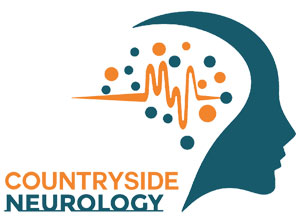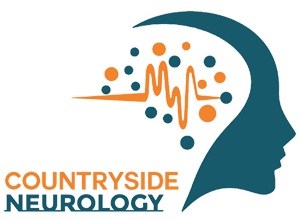Botulinum toxins are a group of proteins produced the bacteria Clostridium botulinum. Botox is one kind of these proteins that is used in injections in order to treat dystonia. Dystonia is a movement disorder that can cause involuntary muscle contractions, leading to abnormal postures and twisting/repetitive movements. Botox has been approved by the FDA for treating blepharospasm (focal dystonia) and cervical dystonia.
Patients treated with Botox injections usually feel the effects 3 days to 2 weeks after. It is important to note that it may take multiple injection cycles in order to receive the optimal benefit.
In order to target the appropriate muscles, your physician may use an electromyogram (EMG). The needs used for Botox are very fine, and most patients only feel a mild discomfort during the injections.
Depending on the location of the injections, potential side effects may vary. General side effects can include pain and tenderness; however, most of these recover spontaneously.
Botox injections can be used in conjunction with oral medications used to treat dystonia such as:
- Artane (trihexyphenidyl)
- Ativan (lorazepam)
- Cogentin (benztropine)
- Klonopin (clonazepam)
- Lioresal (baclofen)
- Parlodel (bromocriptine)
- Sinemet (levodopa)
- Valium (diazepam)
It is important to work with your doctor and develop a comprehensive treatment plan for dystonia. Countryside Neurology offers dystonia treatments with Botox injections–please contact us at 727-712-1567 for a consultation.
Sources:
“Botulinum Toxin Injections for Dystonia .” UF Health , https://movementdisorders.ufhealth.org/for-patients/clinics/dystonia/botulinum-toxin-injections-for-dystonia/.





